In his thirty-three years as a gardener at Lotusland in Montecito, Corey Welles has spearheaded the botanical garden’s sustainability efforts. As he prepares to retire, Lotusland is documenting his methods to help other gardens develop a greener game plan.
Botanical gardens are a study in survival. Plants are abducted from their highly specialized regional environments and coaxed into alien ecosystems where they are expected to live in harmony. The care and feeding of so many unique plants is enough to make most casual gardeners sweat. But fortunately, Corey Welles, Manager of Sustainability at the thirty-seven-acre Ganna Walska Lotusland botanical gardens, was born with two green thumbs. Also fortunate: Lotusland is located in Montecito — just a stone’s throw away from U.C. Santa Barbara, one of the country’s premier ecological research institutions. Over the course of his thirty-three years at Lotusland, Welles has applied the university’s research to the gardens, transforming a struggling ornamental landscape into a vivacious native ecosystem. As Welles prepares for retirement, Lotusland is harnessing his knowledge to create a blueprint for a better botanical future.

Lotusland draws its full name from Madame Ganna Walska, a Polish opera singer, memoirist, philanthropist, and fashionista. “Madame,” as she is affectionately referred to by the staff, purchased the property in 1941. It had always been a haven for plant life, first as the commercial nursery of notable horticulturist Ralph Kinton Stevens, and then as the formal gardens of the Gavit family. Madame originally intended to call the property “Tibetland” and invited a group of Tibetan Lamas to live on the grounds. But as the Second World War escalated, efforts to bring in the monks proved futile. Instead, Madame renamed the property “Lotusland” and set her sights on developing an elaborate botanical garden.
Madame’s tastes were bold, eclectic, flirting on the border of whimsy. She adored mono-plantings of unique species: aloes, bromeliads, and cycads rare enough to prompt heists. She converted a children’s wading pool into a mermaid-chic fantasy scape where giant clamshell fountains spill into an abalone-lined pool. She hired growers, landscape designers, and artisans from around the world. After Madame’s death in 1984, the staff worked tirelessly to keep the gardens alive.
But despite a veritable cocktail of chemical fertilizers, fungicides, and pesticides, Lotusland’s gardens fared poorly. When Welles signed on as an “integrated pest management assistant” in 1990, pests were rampant and plants were sick. Large sections of the gardens were frequently shut down for spraying, and heavy rains sent the topsoil flowing down the road like a milkshake. “Finally I got fed up with it,” Welles remembers. “I said ‘We need to start changing because what we’re doing is not working.’”
When Welles signed on as an “integrated pest management assistant” in 1990, pests were rampant and plants were sick. Large sections of the gardens were frequently shut down for spraying, and heavy rains sent the topsoil flowing down the road like a milkshake.
So Welles tapped into the area’s academic abundance, enlisting researchers from U.C. Santa Barbara to share their work in botany, soil science, entomology, and more. He then applied what he learned to the gardens. Welles says his previous management methods were largely “manufactured by big pharmaceutical companies and other conventional agronomists. So I fired all of them and hired all these biologists. I ended up with nirvana.”
Welles’ first step was transitioning to organic practices. Lotusland was one of the first gardens in the country to do so. “You can eat all the stuff I put on the plants,” Welles says. “The alfalfa meal, the kelp, all of these things are food grade.” The team also began mulching and inoculating the soil with beneficial fungi. And the more native plants they introduced, the better the garden functioned as a whole.
The insectary garden, renovated in 2016, is Welles’ “pride and joy.” It’s based on a University of California Davis model to attract native bees (California boasts some 1,800 of the 4,400 native bee species in North America). “Native bees are evolutionarily responsible for modern flowers. Basically, it’s the most important insect group,” Welles says. “So why not just grow plants that produce pollen and nectar? Once we did, all the insects came down from the chaparral.”
When the insects arrived, so did the birds. “Since ninety-six percent of all birds feed their young insects,” Welles adds, “it’s probably the best aviary you’re going to see.” Other local wildlife soon followed suit. From there, pest management took care of itself. Welles leaves the control of rabbits and woodrats to great horned owls, coyotes, and bobcats. “We even had a mountain lion come through,” he says.




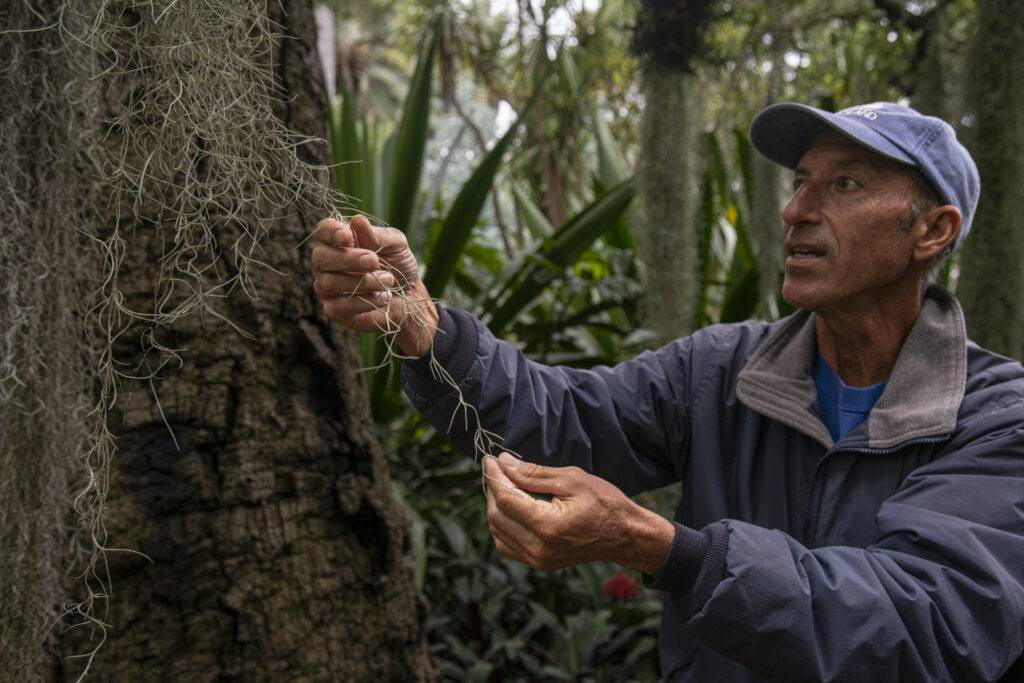
Coexisting with wildlife, taking the path of least resistance, has also proven to be a productive strategy. Welles says that attempting to eliminate perceived pests only creates more problems: “When you open up that ecological niche, more come. They have to fight and dig and tear things up figuring out who’s got what territory. If you leave, say, a large raccoon in an area, it defends its territory — so you actually have fewer raccoons.”
All of these strategies work in tandem to create what Welles calls “layers of ecological services.” The soil, insects, plants, and animals all support and regulate one another. The proof is in more than thirty years of data dedicated to tracking the gardens’ success. “If you want to improve it, you’ve got to prove it,” Welles says.
In anticipation of Welles’ retirement, the Lotusland team is transcribing his knowledge into a sort of manifesto — a digital documentation of evidence-based strategies. “What you’re looking at is a gigantic experiment that worked,” Welles says. “Since it worked, we need to figure out the main components of the program: organic fertilizers, mulches, compost teas, inoculations with living organisms, and then, the right plants for their habitat.” Welles stresses that genuine commitment and a willingness to embrace a new model is also an integral part of the experiment. “We took the time and had the intention and the maniacal focus,” he says. “We took responsibility. And that’s the takeaway too.”
“What you’re looking at is a gigantic experiment that worked,” Welles says. “Since it worked, we need to figure out the main components of the program: organic fertilizers, mulches, compost teas, inoculations with living organisms, and then, the right plants for their habitat.”
Welles hopes other botanical gardens and large estates might take a page from Lotusland’s manifesto. And he’s quick to point out that sustainability does not always mean sacrifice. The theatrical element that makes Lotusland unique is still alive and well. “It’s still that larger-than-life personality, that spirit that Madame had,” Welles says. “So it’s got to be gangbusters successful as far as display flowers, cones, growth. It’s got to be an incredible quality of show.”
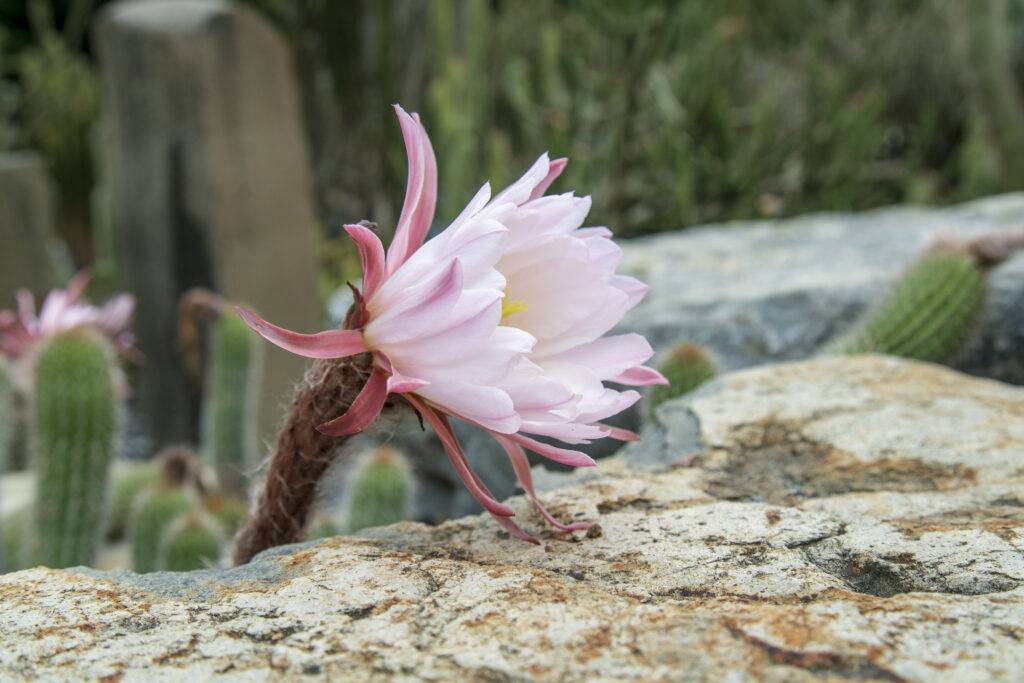
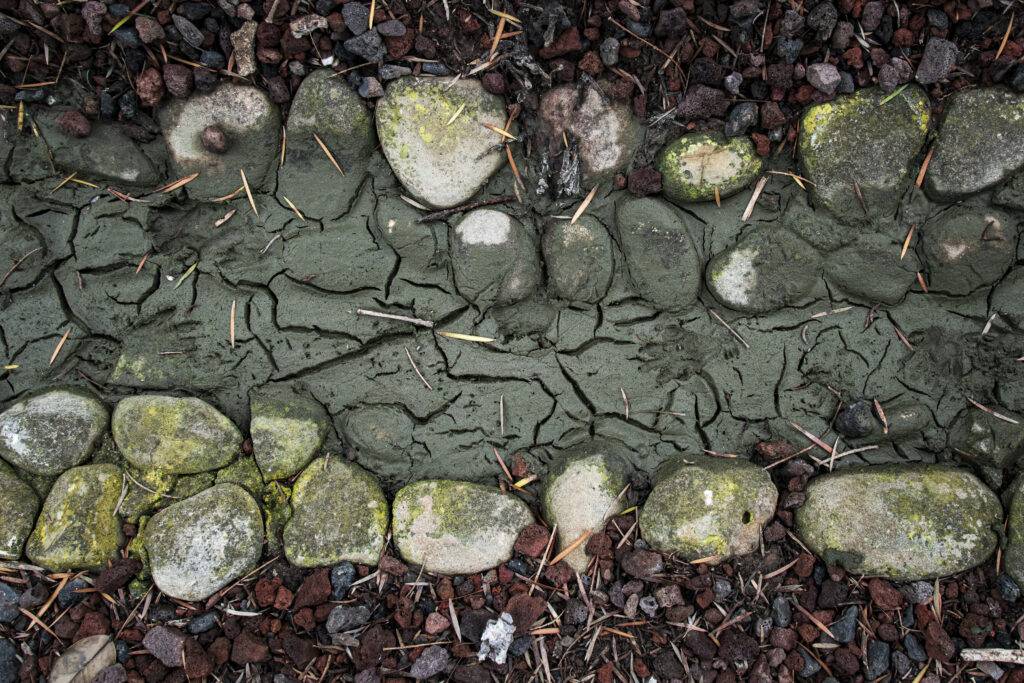
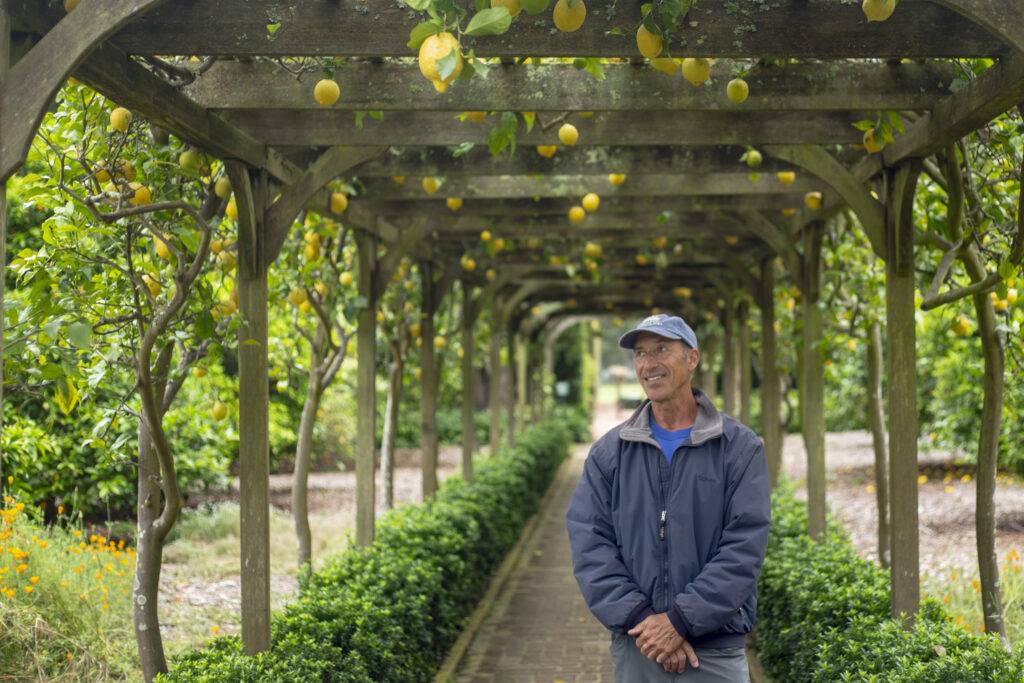
And indeed it is. Throughout more than twenty themed collections, Lotusland is a picture of health: from the cool-hued cactus garden to the inviting Cyprus allée. Lest you wonder how long these extravagant displays can be sustained in an uncertain climate future, Welles is confident that his methods will speak for themselves. “We’ve already had the most extreme drought I’ve ever seen, and it handled that,” he says. Adaptation plans are underway, including a water audit estimated to reduce well use by forty percent. A day may come when Lotusland shrinks its lawns or shifts its collections to combat drought. But as far as the future is concerned, Welles says, “100%, the garden is going to be fine.”

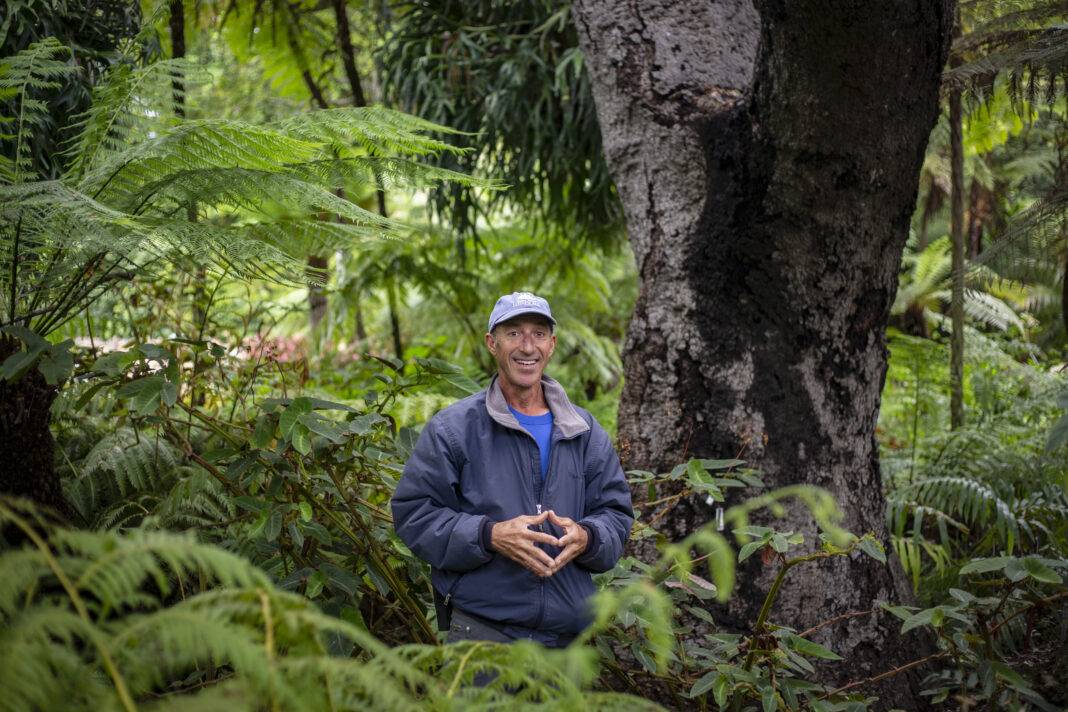

Bravo Corey! What a wonderful legacy to pass on.
Best wishes, Corey! What an accomplished career! Such a beautiful place.